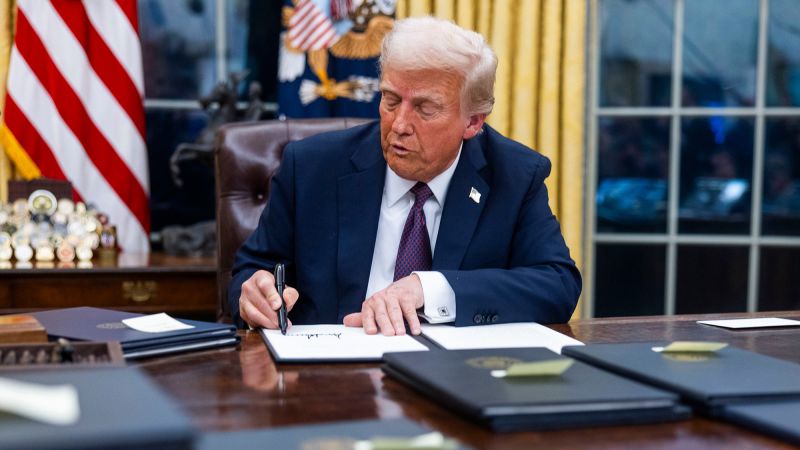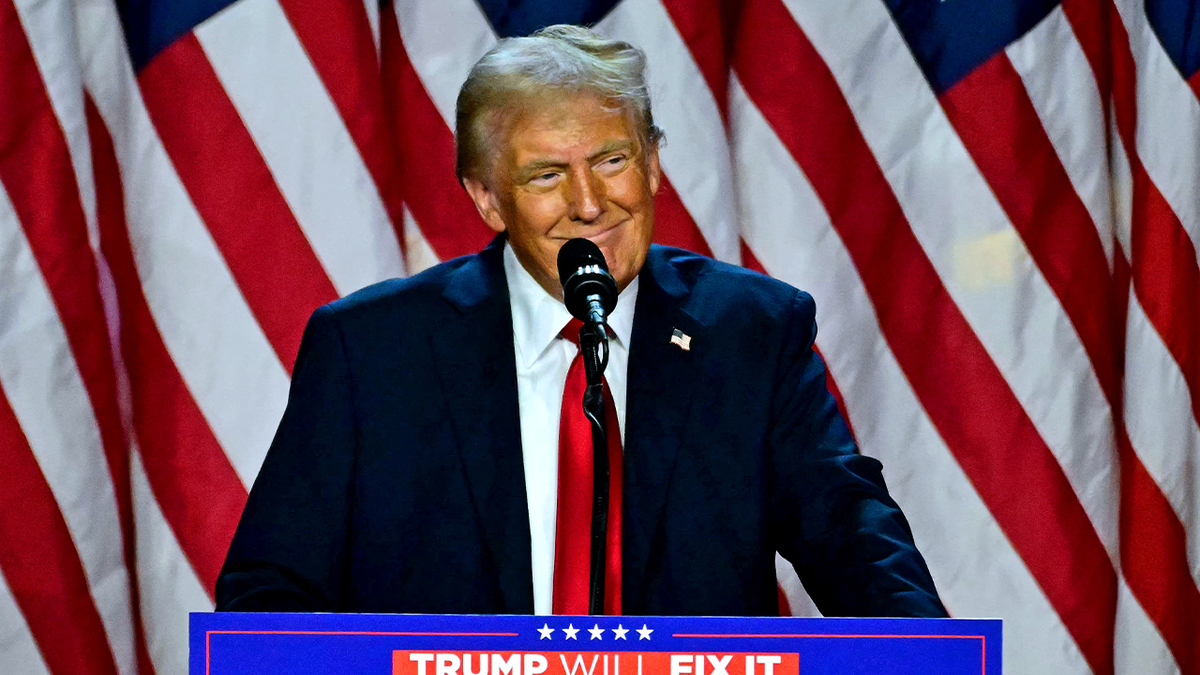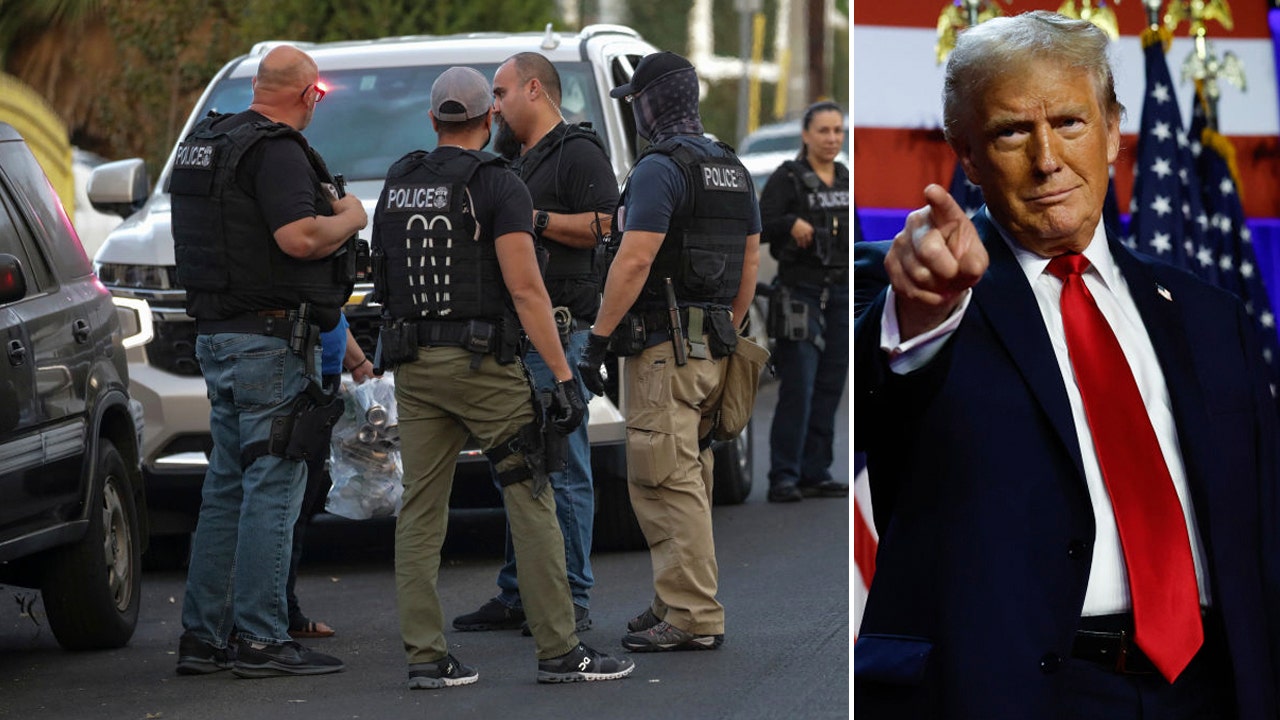Supreme Court Limits Power of Lower Court Judges to Block Trump's Policies
About the People Mentioned
Donald Trump
Donald John Trump, born June 14, 1946, in Queens, New York, is an American businessman, media personality, and politician. He graduated from the University of Pennsylvania’s Wharton School in 1968 with a degree in economics. In 1971, he took over his family’s real estate business, renaming it the Trump Organization, through which he expanded into building and managing skyscrapers, hotels, casinos, and golf courses. Trump gained widespread fame as the host of the reality TV show *The Apprentice* from 2004 to 2015, which helped establish his public persona as a successful entrepreneur. Trump entered politics as a Republican and was elected the 45th president of the United States, serving from 2017 to 2021. His presidency was marked by significant policy actions including tax cuts, deregulation, the appointment of three Supreme Court justices, renegotiation of trade agreements (notably replacing NAFTA with the USMCA), and a focus on immigration control including border wall expansion. He withdrew the U.S. from international agreements such as the Paris Climate Accord and the Iran nuclear deal, and engaged in a trade war with China. His administration’s response to the COVID-19 pandemic was criticized for downplaying the virus’s severity. Trump was impeached twice by the House of Representatives—first in 2019 for abuse of power and obstruction, and again in 2021 for incitement of insurrection—but was acquitted by the Senate both times. After losing the 2020 election to Joe Biden, Trump challenged the results, culminating in the January 6, 2021, Capitol riot. He remains a central figure in American politics, having won the 2024 presidential election and returned as the 47th president in 2025, continuing to promote policies aimed at economic growth, border security, and military strength[1][2][3][4].
About the Organizations Mentioned
SCOTUS
The Supreme Court of the United States (SCOTUS) is the highest judicial authority in the U.S. federal judiciary, serving as the ultimate arbiter of constitutional and federal law. Established by Article III of the Constitution and formally created by the Judiciary Act of 1789, SCOTUS functions primarily as an appellate court, reviewing cases that involve significant legal and constitutional questions. It also holds limited original jurisdiction over specific cases, such as disputes between states or cases involving ambassadors[1][2][3]. SCOTUS consists of nine justices: one Chief Justice and eight Associate Justices. These justices are nominated by the President and confirmed by the Senate, holding lifetime appointments to ensure judicial independence from political pressures. The Chief Justice leads the Court, presides over oral arguments, and manages administrative duties within the federal judiciary. The current Chief Justice is John G. Roberts Jr., appointed in 2005[1][3][5]. Historically, the Court gained prominence under Chief Justice John Marshall in the early 19th century, particularly with the landmark case *Marbury v. Madison* (1803), which established the principle of judicial review—the power to invalidate laws conflicting with the Constitution. This case set a foundational precedent, positioning SCOTUS as a guardian and interpreter of the Constitution[3][5]. SCOTUS has shaped American law and society through landmark rulings such as *Brown v. Board of Education*, ending school segregation, and *Roe v. Wade*, affirming reproductive rights. Its decisions are final and binding, significantly influencing legal and public policy across the nation[6][7]. Notably, the Court operates within the Supreme Court Building in Washington, D.C., and includes specialized officers who assist in its functions, such as the Clerk, Librarian, and Director of Information Technology. The Court’s role remains vital in balancing powers among the branches of government, ensuring equal justice under law, and adapting to evolving societal challenges[1][8








